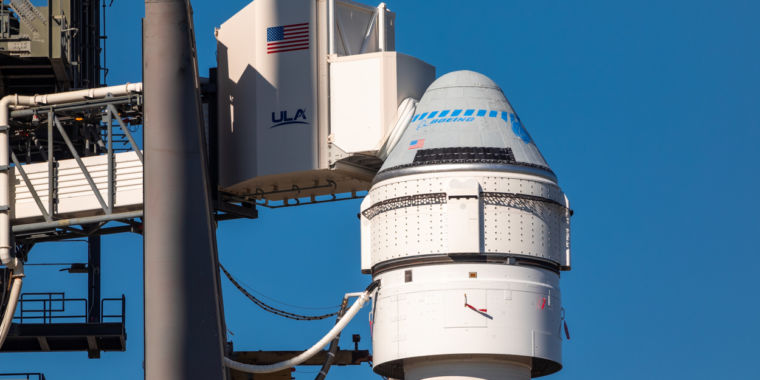
The Starliner is going to be put into the Atlas V rocket in December.
Since Boeing's Starliner failed its debut test flight, nearly two years have passed. There is some clarity on when the vehicle may launch again and attempt to dock with the International Space Station.
The Starliner will be launched in May 2022. Boeing will swap out a faulty service module for a new one to accommodate the Orbital Flight-2 or OFT mission.
Boeing tried to fly OFT-2 in August. With less than five hours remaining before the launch, 13 of the 24 valves that control the flow of dinitrogen tetroxide oxidizer through the service module would not cycle between closed and open. The launch was aborted.
The do-over test flight on the Starliner was supposed to take place after months of problems with the leaking valve.
NASA has been working with Boeing to better understand the causes of the service module valve issue, according to a news release. We have a better understanding of the contributors that led to the valve issues because of the combined work.
Advertisement
NASA and Boeing did not hold a media event to announce their findings, and there are still some questions to be answered. The root cause of the valve failure, which was believed to be related to high humidity at the Florida launch site, has not yet been identified by Boeing.
The news release states that ongoing investigation efforts continue to confirm the most probable cause. The initial service module will be analyzed and tested by NASA and Boeing.
The service module is ejected by the Starliner capsule before it reenters Earth's atmosphere. It is not being used again. The service module Boeing had intended to use for the first crewed test flight will be brought forward to accommodate the OFT-2 mission. Boeing technicians and engineers will apply preventative remediation efforts to the new service module to make sure the problem doesn't recur.
It was not clear from NASA and Boeing's releases what would happen to the service module with faulty valves. Boeing took a $410 million charge on its fourth-quarter earnings in order to pay for the OFT-2 mission. The original scope of NASA and Boeing's commercial crew contract did not include it.
NASA and Boeing agreed that a second uncrewed test flight was needed before astronauts were sent into space.
